
Every city has its own stories, and San Jose is no different. Among the urban hustle and bustle, towing services have some of the most unique and surprising tales. Tow truck drivers often encounter unexpected situations, ranging from humorous encounters to dramatic rescues. These experiences shed light on a side of the city that many never see.
San Jose Towing, a well-known service provider in the city, has witnessed its fair share of memorable moments on the road. The stories from their drivers capture the essence of what it’s like to be on call, ready to help at a moment’s notice. Let’s dive into some of these interesting tales that illustrate the life of a tow truck driver in San Jose.
The Midnight Call to Nowhere
One of the most intriguing stories involves a late-night call that initially seemed ordinary. A San Jose Towing driver was dispatched to a deserted part of the city to tow a broken-down vehicle. When he arrived, no car was in sight, just an empty stretch of road. Confused but undeterred, he waited for a while, hoping to spot a vehicle.
Out of the darkness, a man appeared, looking equally lost. It turned out he had called the towing service without realizing how far he had wandered from his car while searching for help. The driver helped him locate his vehicle about half a mile away. The story ended with the driver safely towing the car back and laughing with the bewildered customer. These kinds of moments show the unpredictable nature of towing work in a city like San Jose.
The Great Cat Rescue
Towing stories aren’t always just about cars; sometimes, they involve more delicate rescues. San Jose Towing once received a frantic call from a woman whose cat had somehow gotten stuck in the engine compartment of her car. She was afraid to start or touch the car, worried that the cat might get hurt.
When the tow truck arrived, the driver used his experience and a little ingenuity to carefully disassemble parts of the engine to free the terrified feline. The grateful owner couldn’t thank him enough, and the free cat quickly ran back inside the house. This story went viral in the neighborhood, showing that tow truck drivers sometimes become heroes for both people and pets.
The “Too Heavy to Tow” Challenge
While most towing jobs are straightforward, some require more muscle from the driver and the truck. One day, San Jose Towing received a request to tow a large RV that had broken down on a narrow road. The vehicle was too big for a regular tow truck, and a special heavy-duty truck had to be brought in.
Even with the heavy-duty equipment, maneuvering the RV out of the tight spot was challenging. It took skill, patience, and a few hours, but the driver got the RV safely to the service center. This job was a testament to the expertise and dedication of the towing professionals in San Jose, showing that no challenge is too big when you have the right skills.
Unlikely Friendships on the Road
One of the most heartwarming stories involves a recurring customer who had a knack for getting into parking predicaments. She’d accidentally park in a tow-away zone every few months and call San Jose Towing for help. Over time, she and one of the tow truck drivers struck up an unlikely friendship.
Instead of being annoyed by the repeated calls, the driver enjoyed their chats and eventually started giving her tips on where to park safely. What began as a series of inconvenient tows turned into a friendly rapport. This story highlights how human connection can make all the difference, even in a stressful situation.
A Day in the Life: More Than Just Towing
Towing is often seen as simple—hook up the car and drive away. However, as these stories from San Jose Towing show, much more is involved. Drivers often provide various services, from roadside assistance to customer support and sometimes even emotional comfort.
It’s a job that requires patience, empathy, and a sense of humor. These stories offer a glimpse into the unpredictable and often rewarding world of towing services in San Jose, reminding us that behind every tow truck is a person with a story worth telling.
READ ALSO: Benefits of Parental Remote Control Ride-on Car And Reading Aloud To Your Child
Conclusion
The tales from San Jose Towing reveal the unique blend of challenges and rewards that come with the job. It’s not just about cars and roads; it’s about the people and experiences that make up a day in the life of a tow truck driver. From midnight rescues to unlikely friendships, these stories offer a richer understanding of what happens on the roads of San Jose, far beyond what we see every day.

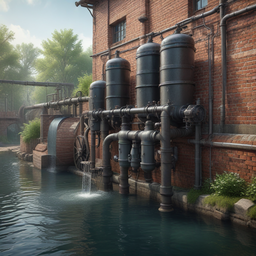 Because industries and communities discharged untreated garbage into rivers and lakes, the Industrial Revolution resulted in notable water pollution. For the environment and public health, this pollution had terrible effects. Writers such as Victor Hugo and Charles Dickens portrayed the contaminated rivers of industrial cities, therefore stressing the social and environmental expenses of unbridled industry.
Because industries and communities discharged untreated garbage into rivers and lakes, the Industrial Revolution resulted in notable water pollution. For the environment and public health, this pollution had terrible effects. Writers such as Victor Hugo and Charles Dickens portrayed the contaminated rivers of industrial cities, therefore stressing the social and environmental expenses of unbridled industry.
 1. AI-driven writing solutions use
1. AI-driven writing solutions use  Objects, persons, circumstances, and colors can have symbolic meaning. One story may associate a rose with love, while another with fleeting beauty. Authors use symbols to subtly convey complicated thoughts and feelings.
Objects, persons, circumstances, and colors can have symbolic meaning. One story may associate a rose with love, while another with fleeting beauty. Authors use symbols to subtly convey complicated thoughts and feelings. “Lost Generation” and Literary Success Hemingway joined the “Lost Generation” of American expats in Paris in the 1920s. His writing flourished during this time. Novels like The Sun Also Rises (1926) and A Farewell to Arms (1929) reflected wartime disenchantment and moral ambivalence. Hemingway’s concise, straightforward words and vivid imagery moved readers.
“Lost Generation” and Literary Success Hemingway joined the “Lost Generation” of American expats in Paris in the 1920s. His writing flourished during this time. Novels like The Sun Also Rises (1926) and A Farewell to Arms (1929) reflected wartime disenchantment and moral ambivalence. Hemingway’s concise, straightforward words and vivid imagery moved readers.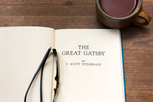 The Great Gatsby by F. Scott Fitzgerald is more than just a story about love and loss; it’s a beautiful fabric with colors that stand for things. Fitzgerald is a master at using color to show what the characters want, what they dream about, and how empty their fancy lives are.
The Great Gatsby by F. Scott Fitzgerald is more than just a story about love and loss; it’s a beautiful fabric with colors that stand for things. Fitzgerald is a master at using color to show what the characters want, what they dream about, and how empty their fancy lives are. Are you a writer looking to sharpen your skills and take your craft to the next level? Look no further than Gangnam, an area of Seoul, South Korea that is known for its vibrant and creative atmosphere. Whether you are a budding novelist, a journalist, or a blogger, writing in Gangnam offers a unique opportunity to learn, grow, and master the art of storytelling. Read on for tips on how to excel in writing in Gangnam, and how to make the most of this exciting and inspiring environment. So grab your pen and paper, and see the best places to help boost your creativity.
Are you a writer looking to sharpen your skills and take your craft to the next level? Look no further than Gangnam, an area of Seoul, South Korea that is known for its vibrant and creative atmosphere. Whether you are a budding novelist, a journalist, or a blogger, writing in Gangnam offers a unique opportunity to learn, grow, and master the art of storytelling. Read on for tips on how to excel in writing in Gangnam, and how to make the most of this exciting and inspiring environment. So grab your pen and paper, and see the best places to help boost your creativity.
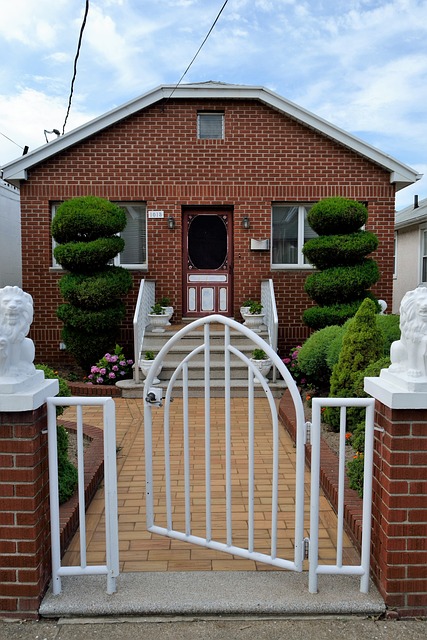
 Gate repairs can often be a hassle, but with the right knowledge and tools, you can tackle common issues like a professional. Whether you are dealing with a malfunctioning gate opener or a gate that won’t close properly, understanding the root causes can save you time and money.
Gate repairs can often be a hassle, but with the right knowledge and tools, you can tackle common issues like a professional. Whether you are dealing with a malfunctioning gate opener or a gate that won’t close properly, understanding the root causes can save you time and money.
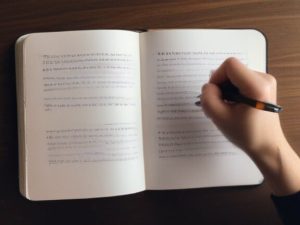


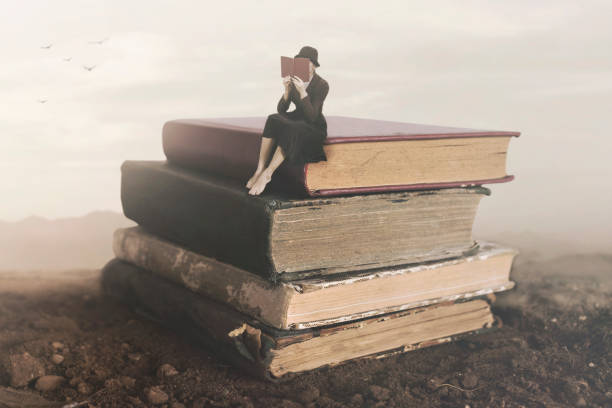






 You’ve found the perfect vintage bookshelf, a piece that seems to whisper tales of the past. It’s delicate yet sturdy, with just enough space for your treasured book collection. The only hiccup? It’s on the other side of town, and way too big to fit in your car. The most convenient solution for these literary adventures. They specialize in transporting just one item – be it a bookshelf, a rare edition cabinet, or even your favorite reading chair – ensuring it arrives at your doorstep in pristine condition.
You’ve found the perfect vintage bookshelf, a piece that seems to whisper tales of the past. It’s delicate yet sturdy, with just enough space for your treasured book collection. The only hiccup? It’s on the other side of town, and way too big to fit in your car. The most convenient solution for these literary adventures. They specialize in transporting just one item – be it a bookshelf, a rare edition cabinet, or even your favorite reading chair – ensuring it arrives at your doorstep in pristine condition.





 Hanging plants
Hanging plants 
